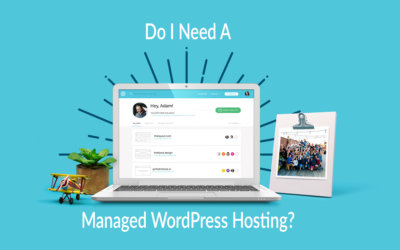A hashtag is a textual marker that helps social media users archive their posts by topic, find posts on a topic of their choice, or discover trending topics. Hashtags can be one word, or a phrase. For example, “coffee” could be a hashtag, and so could “latte art.” To create a hashtag, place the pound sign (#) before the word or phrase, and avoid using any spaces or punctuation. So, #coffee and #latteart are the hashtag versions of these words/phrases.
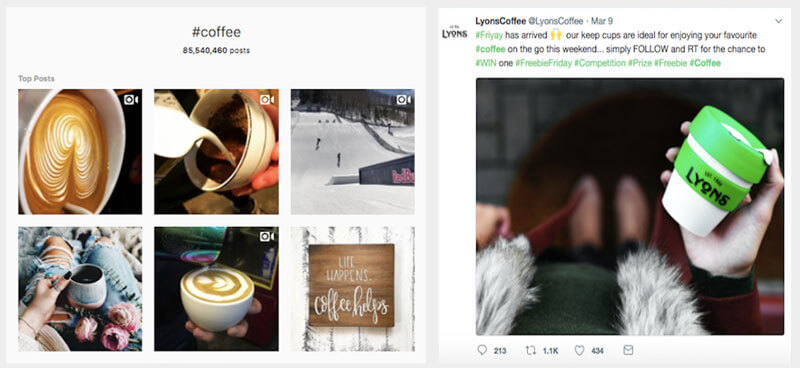
There are 85,540,480 posts using #coffee on Instagram. A single #coffee Twitter post was retweeted 1,100 times.
A hashtag automatically becomes a clickable link when posted. Anyone who clicks on it is brought to a page that features a feed of all the most recent posts that contain the hashtag. Originally, hashtags were for ease of searching and categorizing posts. But, as with all great inventions, they have evolved from their original intention to coordinate communications, promotion, and events, to spread breaking news, and to follow the progress of television shows.
If you are analytical and creative, the hashtag could be your latest tool to building your personal brand or business. Here is how to use it:
1) Use hashtags to search for topics related to your industry
In the left sidebar of your home feed on Twitter.com, or in the search tab of the Twitter mobile app, you will see a list of trending topics according to your geographical location, but what is trending is not always what is most relevant for your brand. Note: Instagram features a feed of trending posts, but does not rank hashtags in this way. You must enter a particular hashtag in the search tab to check its popularity.
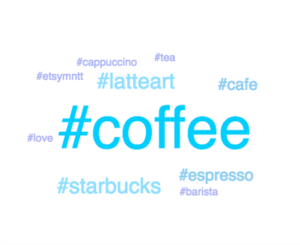
What topics relevant to your industry are being discussed on social media? Use Hashtagify.me to find out.
So, you will definitely want to identify which topics are trending in your industry. A great search engine for this is Hashtagify.me, as it shows you the top 10 hashtags related to a particular keyword. What keywords should you target? Say you are in the restaurant industry. You could start by searching the type of restaurant and/or type of cuisine you offer. For example, #diner or #brunch.
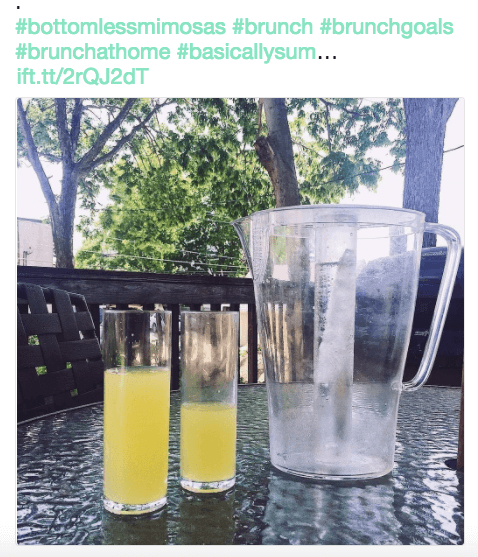
From #brunch to #bottomlessmimosas, follow what potential customers are talking about on social media, and let them know what type of champagne your restaurant uses in its mimosa!
2) Use these to get in on conversations that are happening now
The search results will pull up all recent posts using that hashtag. Pick a few posts to follow, and get in on them! Answer questions, and generally provide valuable information. This will help build your influence, and boost your reputation as an authority in your industry.
3) Find out what hashtags influencers are using
Watch for particularly popular posts. These may have been published by an influencer in your industry. Influencers use social media to brand themselves within a specific industry, by promoting content that coincides with their values and interests. They perform extensive research and testing into which content and hashtags are most effective with their audience, often in an effort to attract business partners who will pay them for mentions on social media. This is called influencer marketing. If you are fortunate enough to have someone with a large social media following in your network, you might consider asking them for a free shout-out
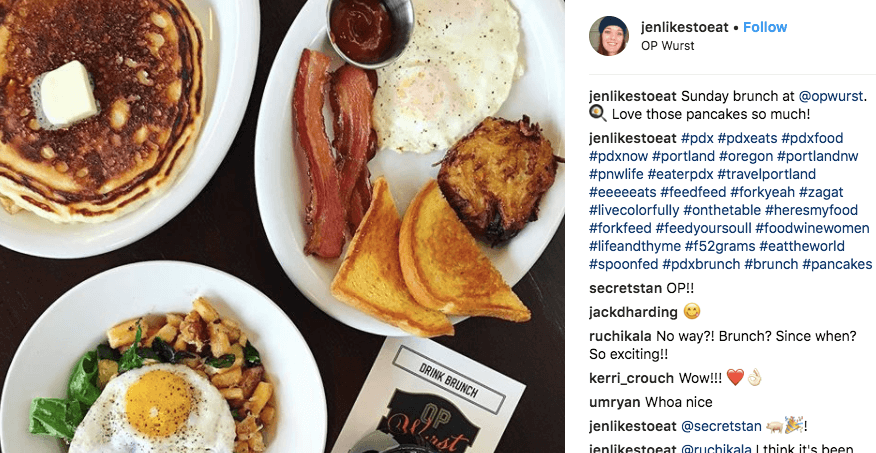
Portland and LA-based food writer Jen Stevenson, @jenlikestoeat, has 12.5k followers and more than a little insight into the #pdxfood scene.
4) Create your own hashtags
Once you have created a list of the hashtags that your ideal audiences are using and searching, take some time to sit down and brainstorm how to string them together in a way that is uniquely yours. Before you jump in and copy from others, know that YOU are the expert of your particular community and customer base. Do not be afraid to experiment. You can always plug your hashtag into one of the tools above to check its analytics.
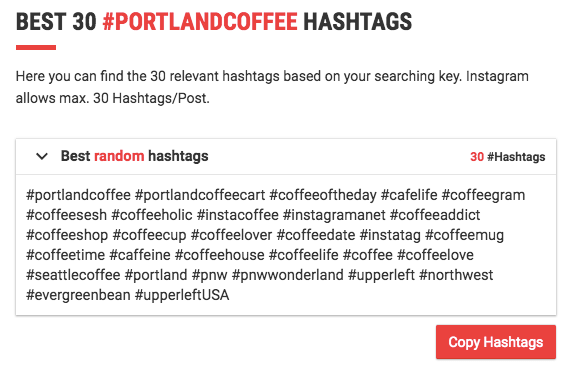
hashtag
You know, as well as everyone, that Portland loves itself as much as it loves its coffee. You want to create a hashtag that brings both loves together. Hashtag Generator is here to help!
5) Create branded hashtags
So far, this article has been focused on the use of community hashtags. Community hashtags are those that connect like-minded users around a specific topic. They are a great way to improve the searchability of your posts, gain followers, and grow your online community. However, because they are more general, and do not necessarily have anything to do with your brand, it is important to also utilize branded hashtags. Branded hashtags are those that include your company’s name, tagline, or the name of one of your products or services. They give your existing followers a fun way to share your brand with their friends, and engage them on a deeper level — the key to developing them as clients.
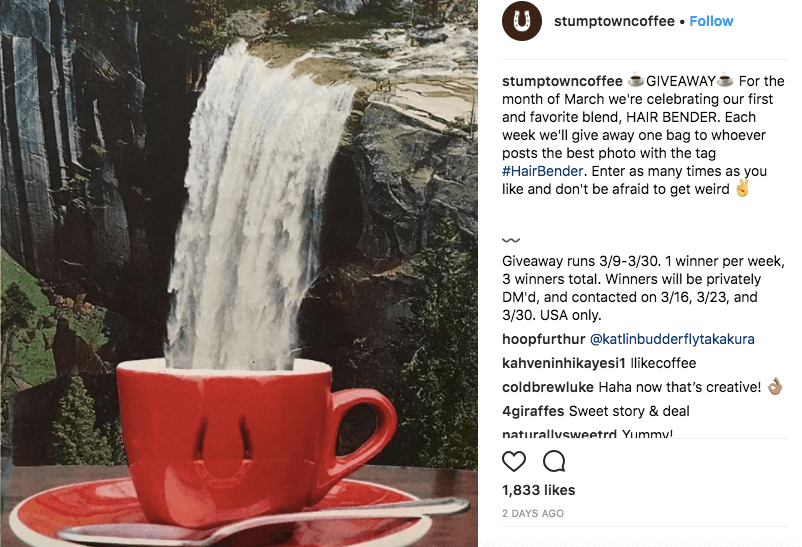
hashtag


